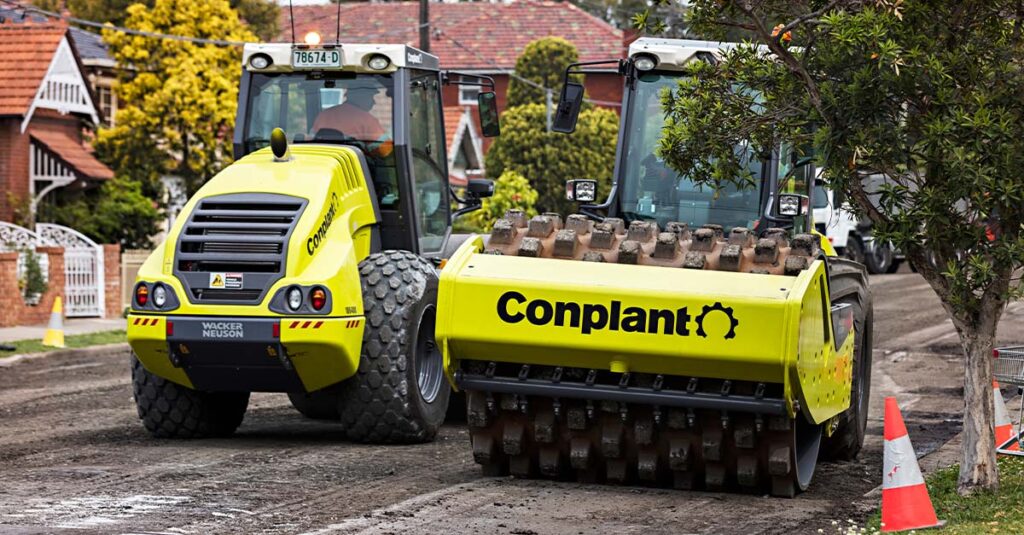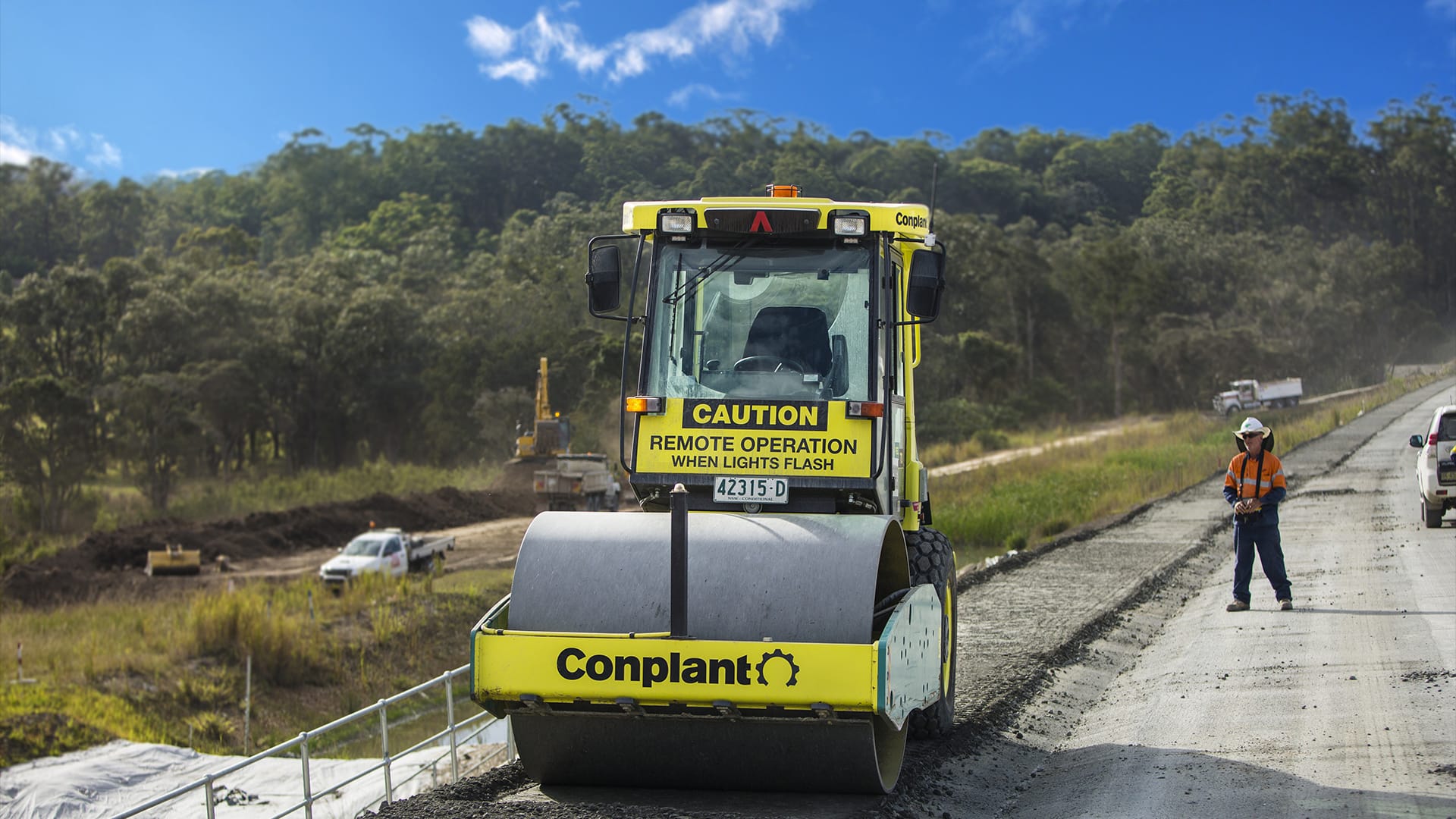How to Estimate Equipment Cost in Construction and Compaction Equipment
Being able to estimate costs accurately can make or break a project. When you’re dealing with construction and compaction equipment, there are countless factors which need to be taken into account before forging ahead. You’re about to make some big decisions, after all.
Going in with all the facts is going to save you time, money and hassles. Knowing how to estimate equipment cost in construction means you’ll be able to allocate resources, avoid headaches, and ensure your project is a success. But why are these estimations so important? Let’s find out.
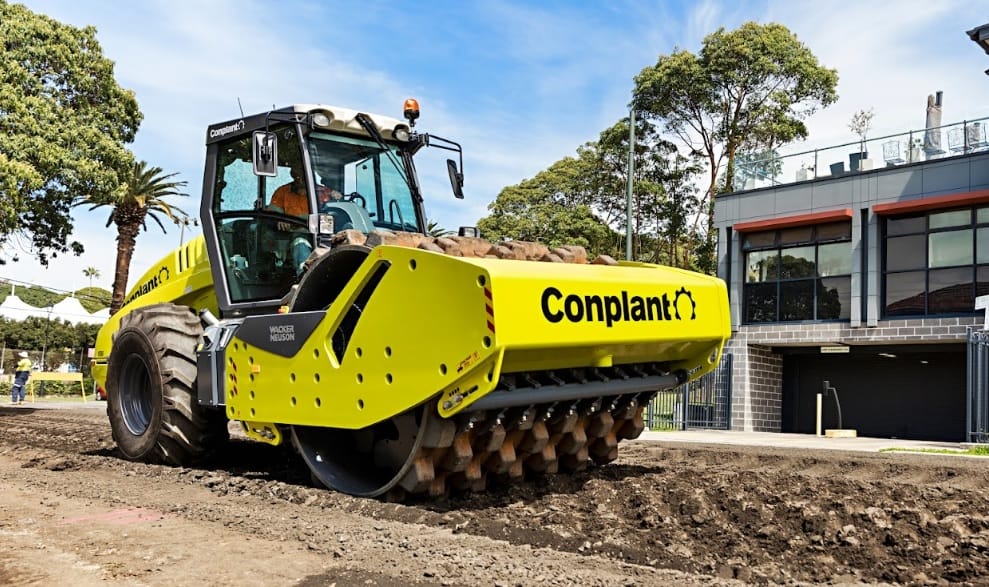
Importance of Accurate Equipment Cost Estimation
‘Measure twice, cut once’ – as the old adage goes. Accuracy is key. It’s that simple. When embarking on a construction project, one of the most important steps is sitting down and estimating how much the whole endeavour – and the equipment involved – is actually going to cost. And during the planning phase, an estimate is often as close as you can get.
When done right, cost estimates can shape your entire project from the ground up. Accurate estimations mean companies can make smart financial decisions early on, which lead to sound financial calls throughout the entire project. This means resources get allocated where they need to. And, crucially, it means projects are far more likely to finish up on budget.
Talk about a dream scenario.
Compaction equipment, such as rollers and compactors, literally help lay the groundwork for construction projects, ensuring structures are stable and upright thanks to stabilising soil and asphalt. This goes double for projects like road construction, where compaction equipment is the MVP.
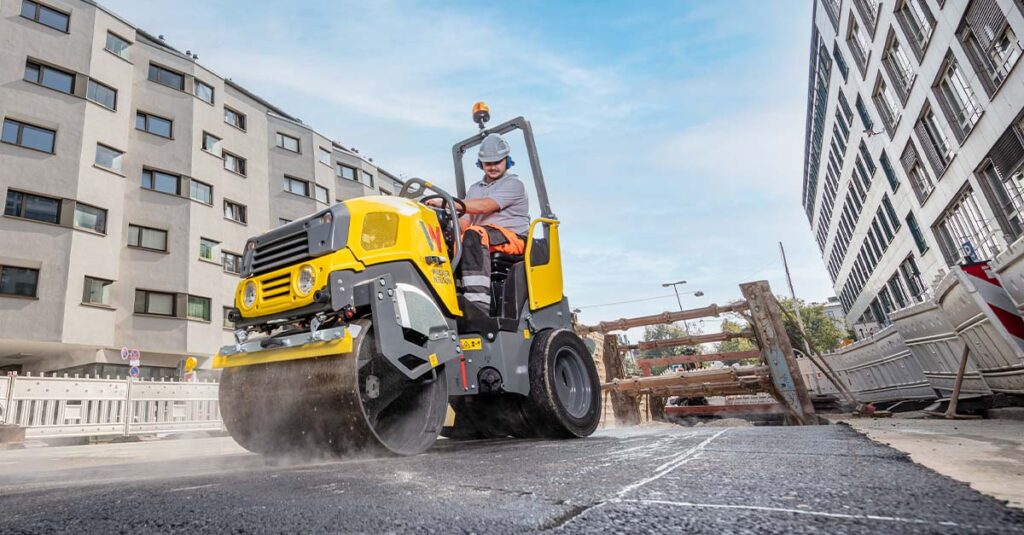
Factors Affecting Equipment Cost in Construction
Compaction equipment can be complex. It’s machinery made for a very specific purpose, honed to perfection, and built to perform under very specialised, fundamental steps in construction projects. The specifications and features can drive up costs, but so can other factors, such as market demand and supply fluctuations.
Compaction equipment is intricate, specialised and advanced. Opting for older equipment that’s readily available might come with added maintenance costs, or be less efficient, resulting in longer hire times and potentially impact lead times for subsequent site work. The flipside, of course, is that new models will be notably pricier. When you’re estimating equipment cost in construction, it’s important to consider the following factors.
Equipment Type and Specification:
One size does not fit all! There are multiple, specialised types of compaction equipment with plenty of varying specs, and every different make and model will have differing costs. What’s more, not all soil is created equal: there are specialised compactors for specific types of soil, and the advanced features and tech involved in these compactors can also drive up their prices.
Age and Condition of Equipment:
When you’re embarking on construction projects, you obviously want the best results. The simplest solution? To use the newest, highly-maintained equipment. But while the shiniest toy might be tempting, it will also mean increased costs upfront. However, this can lead to lower maintenance expenses down the line. It’s a trade-off you’ll need to weigh up depending on the scope of your project.
Rental vs. Ownership Costs:
If you have compaction work that needs to be done, you might consider the alternative to buying: renting. If you own the equipment, you have more control, more ready access, and you can customise the equipment to suit your needs. On the other hand, rental means you can be more flexible. Whichever route you choose to go down, you’ll need to consider project duration, and how often you’ll actually use the equipment, before making a call.
Not sure if you should buy or rent a compactor? See which option is right for you.
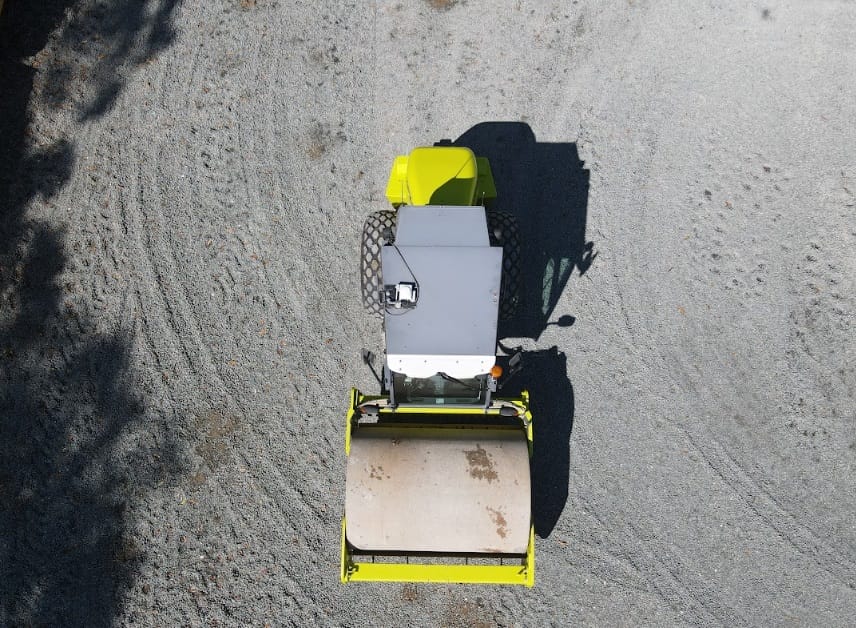
Calculating Equipment Cost
Accurately calculating equipment cost isn’t just something that happens in the construction industry. Hospitals need to figure out how many MRI machines they’ll need to buy or repair in a given year. Factories need to purchase and maintain equipment for assembly lines. Figuring out what equipment is going to cost means you can make informed decisions, regardless of your industry.
When making these calculations, you need to analyse a variety of factors – what was the initial purchase price? How much does it cost to run, and how much does it cost to maintain? Has the equipment’s market value gone down since you bought it? How much could you sell it for?
The more accurate the calculation, the better it is for the company. Why? Because then, you can put resources where they’re needed. You can revise and optimise your budget. What’s more, you can figure out whether construction projects you want to embark on are at all feasible from a financial perspective. If you’re a business, being as detail-oriented, specific and intricate as possible when calculating equipment costs is the smartest play. This will allow you to navigate your way through a maze of budgeting, procurement and financial planning decisions whilst helping ensure not just a successful project, but profit for your company down the line.
The basic formula for how to calculate equipment cost per hour is fairly simple. To calculate the average total cost per hour, you divide the annual total cost by the number of total hours that the machine is used.
But what else do you need to consider when working out cost calculations?
Initial Cost Calculation: First up, let’s look at the initial price of the equipment you’re after, including any of the additional expenses which need to be taken into account. When it comes to estimating the cost of purchasing equipment, the sticker price is just the beginning. There is the shipping cost associated with transporting a massive piece of highly specialised, state-of-the-art equipment. There are taxes. There are also, in many cases, installation fees. And remember that equipment customisation we talked about earlier? Any customisations done up-front will also need to be factored into your initial cost.
Equipment Rates and Rental Charges: Let’s say you’ve chosen to rent your equipment, rather than buy it outright. Rates for renting can go up or down depending on a vast range of factors. Is there a sudden boom on compaction, meaning there are limited units to rent out? Do you need your compacting equipment a little longer than is convenient for the rental company? And how much does the rental company need to charge you for maintenance and insurance whilst their equipment is in your care? All of this needs to be taken into account to save you from any surprises down the track.
Maintenance and Repair Costs: The goal with any piece of high performance construction equipment is to keep it in tip-top shape for years to come. That does, however, mean you’re going to have to factor in maintenance and repair costs when you’re working out your cost calculations at the start of this journey. This doesn’t just help you figure out how much money you’re about to spend – it helps you guarantee that you’re actually able to ensure your equipment will perform, and last, for as long as you need it to. This isn’t just a tool: it’s an investment.
There are various types of maintenance. Reactive maintenance is the most common – when something goes wrong, breaks down or runs out, you leap into action and carry out maintenance. With reactive maintenance, you’re treating the symptom, not the disease. Even though it’s usually quicker and cheaper, the problem will likely keep coming back. If you factor in the slightly more expensive preventative maintenance cost, you’re taking into account scheduled maintenance, rigorous upkeep. You’re also employing the kinds of experts who can spot problems before they happen. This can lead to savings in the long run.
Fuel and Energy Consumption: Running your equipment takes fuel. And obviously, the bigger the project, the more you’ll have to factor fuel and energy consumption into your calculations. Unfortunately, this is an equipment cost example many people overlook. This will also become essential when it comes to ensuring operational efficiency and environmental sustainability when using your compaction equipment.
Got more questions? Check out our helpful FAQs.
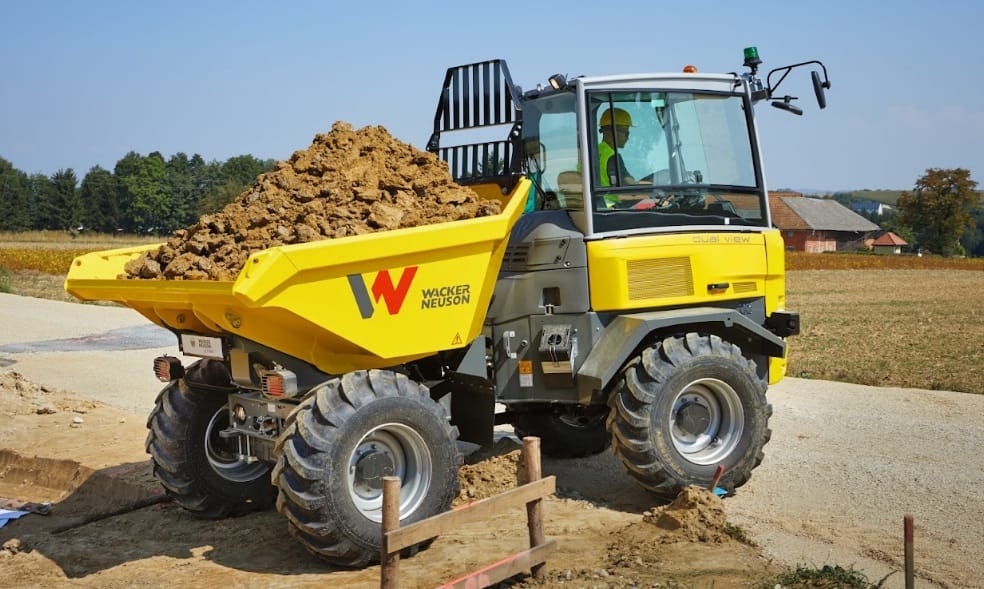
Project Variables
We’re all familiar with Murphy’s Law, which says “anything that can go wrong will go wrong”. In the fast-moving world of construction, where so many moving parts are in play at any given time, the only sane move when calculating costs is to factor in the variables.
Construction is a dynamic, complex industry. It’s made up of multiple intersecting industries, and countless experts across various fields. There’s a catch, though. It exists in a world where the unforeseen can happen at a moment’s notice. Like it or not, your construction projects will be affected by variables, the good, bad, and the expensive.
Perhaps you’re dealing with the pressure and expectations of your stakeholders. Maybe your timeline has suddenly contracted, meaning you have to get a lot more done in a much smaller window. Perhaps your budget has suddenly dropped, leaving you far less wiggle room than you’d like. But what about the external variables that can come into play?
Market trends can change radically within a short amount of time. There can be regulatory shifts which alter the landscape you’re operating in. There could be innovations in technology which completely reshape the contours of your project midway through. Your project is also at the mercy of the ultimate variable: people. Personality clashes can lead to communication breakdowns. A lack of people with the required expertise can slow down your project, while on the other hand, a team of superstars can speed it back up again.
Having sound risk management strategies in place will allow your project to bounce back from crises and get back on track. Lack of risk mitigation, on the other hand, will mean significant obstacles on the road to completion.
Identifying, analysing and managing these variables is vital. It’s what will make your project resilient, adaptable, and able to roll with the punches. Identifying and ironing out the variables will help you achieve your goals and lay a foundation for something truly great.
So what variables should you be factoring in when calculating the cost of your equipment?
- Project Duration: Construction projects cost money, and the longer they go, the more they cost. It’s that simple. The longer the project, the more money you’ll end up spending on equipment in the long run. The longer a project goes on, the more likely it is that you’ll encounter various indirect costs. On the other hand, shorter construction timelines can incur more costs thanks to a much more demanding rate of spending to get things done quickly.
- Location and Site Conditions: No two worksites are exactly the same, and the makeup of the land you’re working on can throw up countless issues you’ll need to factor in. If you’re compacting on a fairly standard piece of ground, fine. But odds are there are some challenges in the way which make your worksite unique, and with these challenges come additional costs.
- Size and Complexity of the Project: How big is your construction project? The bigger it is, the more complex it’s going to get in terms of resources and equipment. Being able to manage your equipment is pivotal – but the bigger the scale of the project, the more variables you’ll encounter. Being able to factor these in, and be ready to face them, is something you’ll have to take into account when aiming for accurate cost estimations and the allocation of resources.
The formula might be simple, but the real trick when estimating equipment costs for construction is factoring in everything else. How old is the equipment? How complex and specialised is it? Are you renting or buying? Where are you carrying out your construction? How long will it take? Because if you take all of the external factors and variables into account, the process will be a smooth and a successful one.
Need a hand with equipment hire, purchase, or advice? Get in touch today!
